Walking through a large grocery store - we come across the meat and in particular chicken isle. What's on the shelves? Huge chicken with beautifully shaped legs and shiny skin. You're wondering at this point what to buy - which one of the giant chicken to choose - whether the average sized one or the one at the other end of the rack that is so big that it tilts all the other meat on the shelf?
Choose one that is raised on a farm and which you know how it has been fed and raised, or at least you are sure that there are no additional "extras". Solutions are added to chicken, which are said to be very close to the animal solutons.
Experts say that the only thing that this solution harms is our pockets. We buy chicken, which are big at first glance, but it contains about 40% of these solutions.

Some producers add a saline solution to the chicken, which is not harmful, but it is obligatory to have a label on the package that it is a meat preparation.
Another way you buy less for more is because of the water content in the birds. There is a limit and it is about 3%, but there are manufacturers who can afford to add more water, which in means that they lie to us with the price.
The injection of the solutions in the chicken is done not only to increase the price - these solutions also increase the shelf life and the tenderness of the meat. In order to increase weight and shelf life, phosphates, citrates, xanthan, guar gum and others are also added to chickens - the permissible dose of these substances is often exceeded and they harm our kidneys and liver.
Another thing that chickens are injected with is fast-growing hormones. Research done on the market of all companies shows that there is not a single chicken that does not contain hormones, saline or water.
Most of the hormones are in the chicken legs and in the left ones in particular, because that is where they are injected. Experts say that these are female hormones.
The antibiotics that are injected in the birds are also not to be neglected, as you shouldn't neglect what they eat as well. Last but not least, you should pay attention to the lack of movement - usually many chickens are raised in small spaces.
We're talking about lack of movement, monotonous diet, various substances that are injected into their body - and subsequently in ours. All these substances contained in chicken meat manage to make the little chicken grow into a fat broiler in no more than 40 days.
If you have already bought a fresh chicken from the store, we can recommend that you make a delicious chicken soup, chicken stew, chicken croquettes or why not the classic chicken with potatoes.
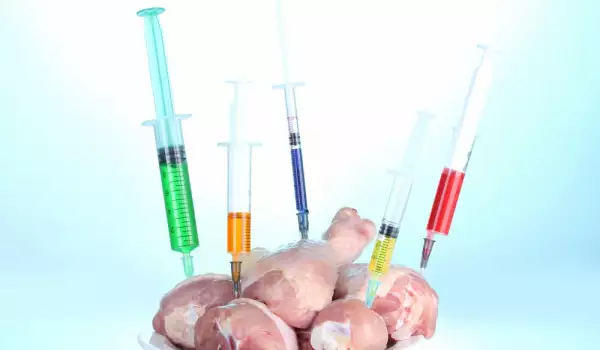

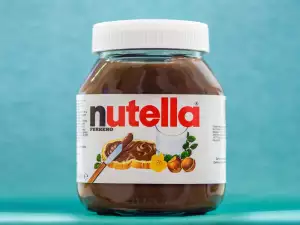
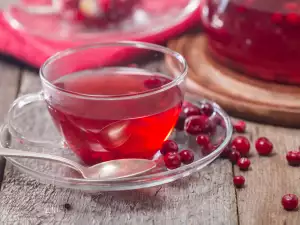



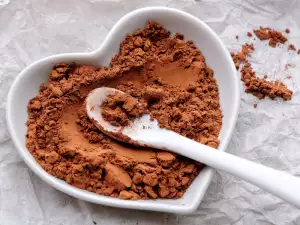




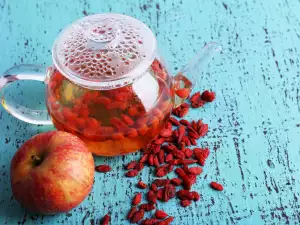
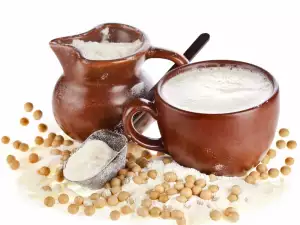






Comments